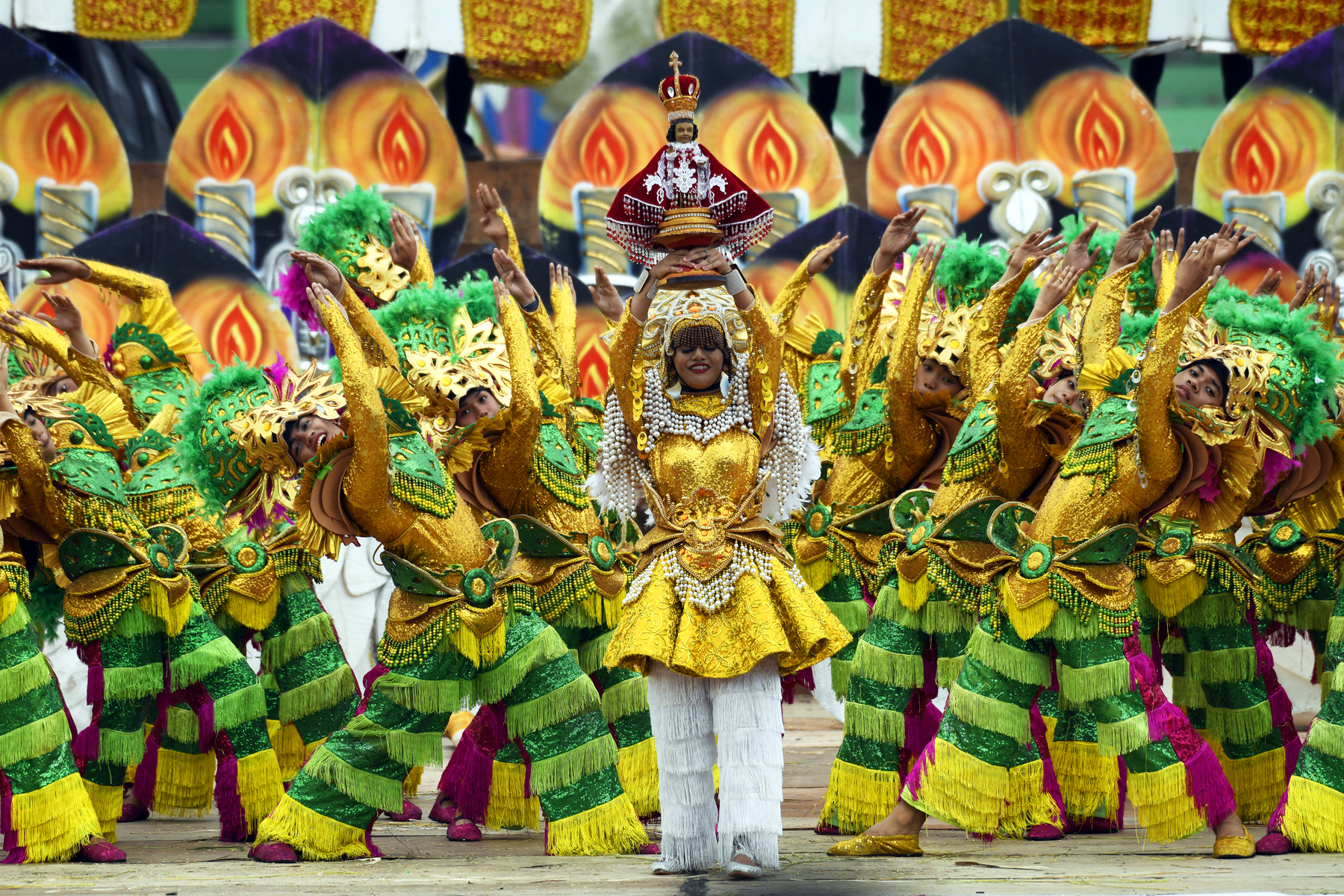Text and photos by: Bombette G. Marin
Tubungan, Iloilo will showcase a ritual called Pana-et on April 19 (Friday) in Barangay Batga at 3 p.m. The ritual is supported by the Municipal Tourism Council for the Culture and the Arts, through the Office of the Municipal Tourism and the Office of Culture, Arts, History and Tourism of Iloilo Province.
One of the most interesting figures in the Visayan history were the Babaylanes. Often maligned and falsely accused as witches and were persecuted harshly during the Spanish era, a Babaylan may be a woman or a man and has the ability to mediate with the spirit world allowing them to travel to the spirit world. They are diviners where they are given gifts of healing, foretelling, and insight. They are ritualists and have their own spirit guides that they contact and interact especially when performing rituals.
The Pana-et, one of the rituals of the ancient Babaylans, continues to this day in Tubungan, Iloilo. Held once in every seven years, Babaylanes coming from Barangay Navillan gather in Balabago, a hilly sitio in Barangay Batga situated five-kilometers away from the town center to perform their ritual near a sacred well which the locals call Bubon Kumon that still exists even up to this day. Within the premises of the well are the Tabuyoc and Bayuco trees known to be holy to the Babaylanes. The well is considered to be one of the Four Pillars of the World or Apat ka Harigi ka Kalibutan.
Pana-et is a communal ceremony performed for the general well-being of the Tubunganons. It is intended to solicit good weather and/ or to thank the spirits for rain. The ritual that involve preparations and revelry, sacrificing animals and offering it to appease the spirits, seek approval, or simply to give thanks or appreciation. A native pig is an important offering since it is a special commodity in the past and was only served during special occasions. Despite the new developments surrounding the area today, Pana-et is still carried out as Babaylanes in the area overall still hang on to the ideas of supreme beings and spirits that influence their way of living. Theirs is a deep-rooted tradition that transcends generations.
The earliest documented Pana-et ritual happened in April 8, 1874 as recorded in the book Historicas Paginas on the account of Jose Paramos where Padre Isidro Badrena together with Don Lucas Tamara, Governor of Tubungan, principal Don Camilo Tamonan and various local residents proceeded to Balabago to peacefully discourage the Babaylanes from celebrating this pagan practice as it is condemned by the church. However, in his desire to comply with his sacred duty Padre Badrena ended up being killed by one of the Babaylanes while performing the Pana-et ritual. And to commemorate his death, a cross was erected in Balabago which has now become a historical landmark of Tubungan.
Tubungan in the First Congressional District of the province is famous for its rolling hills with considerable number of waterfalls, springs and caves. It is a mountaineers playground. Aside from these scenic attractions, the town has its own share of historical sites to contribute to the Heritage District of the province.
The Fourth-class municipality of Tubungan is 41.1 kilometers away or an hour and twenty-minute drive from the city. Located in the southwestern of the province, it is politically subdivided into 48 barangays over its 8,518-hectare land area. It is bounded on the north by the municipality of Leon, on the south by the municipality of Guimbal, on the east by the municipality of Tigbauan and on the west by the municipality of Igbaras.
To get to the town, one can take a Tubungan jeepney at the Don Benito Q. Acap Sr. Southern Iloilo Perimeter Boundary in Barangay Mohon, Oton or when in the city, at the market situated at the back of Robinsons Place Iloilo. For more information, please contact Municipal Tourism Officer MarlynTagudar at 09152893395 or at 3960754.






















